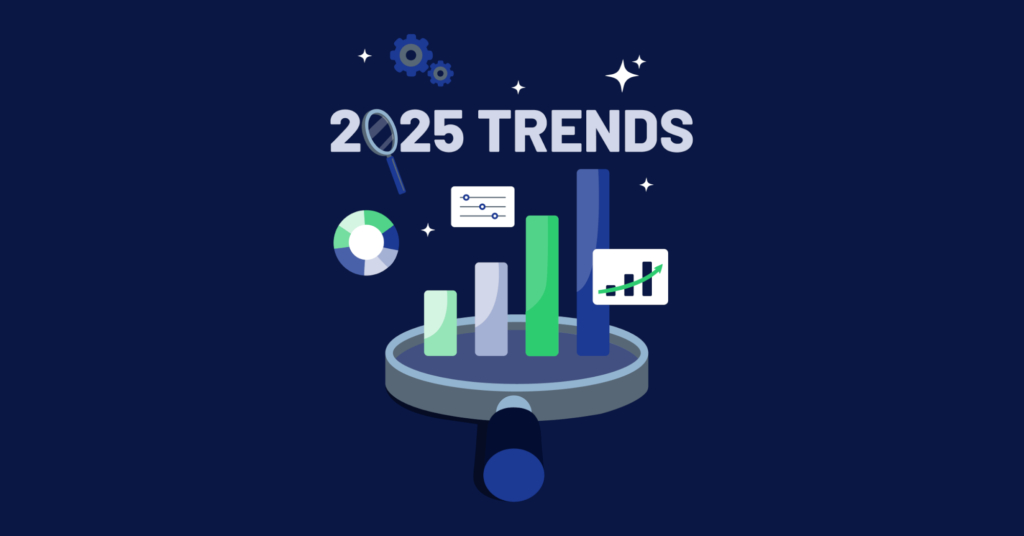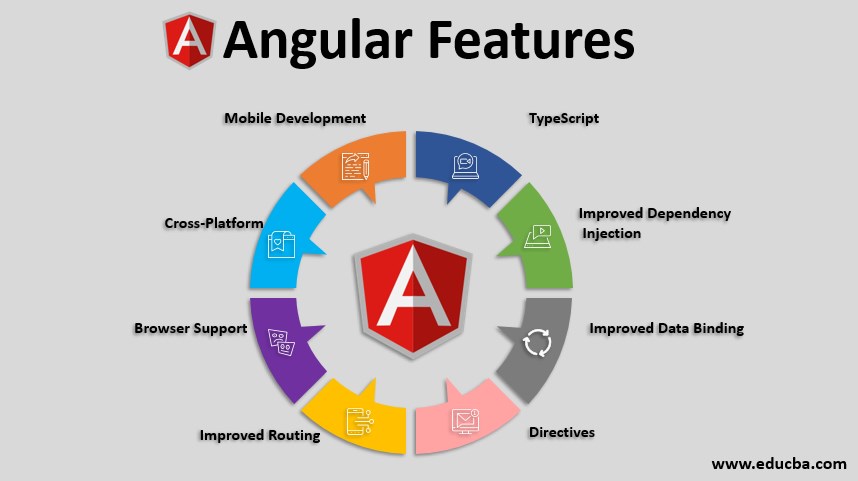In today’s hyper-competitive digital landscape, having a beautifully designed website or a great product isn’t enough. If potential customers can’t find your site online, your efforts may go unnoticed. That’s where Search Engine Optimization (SEO) plays a pivotal role.
SEO is not just a buzzword—it’s the backbone of a successful digital marketing strategy. In this blog, we’ll dive into what SEO is, why it’s critical for businesses in 2025, and how you can implement best practices to boost your visibility, traffic, and sales.
What is SEO?
SEO stands for Search Engine Optimization. It is the practice of optimizing your website to improve its visibility in organic (non-paid) search engine results. The better your SEO, the more likely your site will appear on the first page of Google or other search engines for relevant queries.
The goal is simple: Get found by users who are searching for what you offer.
SEO encompasses multiple disciplines, including:
- Keyword research
- On-page optimization
- Technical SEO
- Content creation
- Link building
- User experience (UX) and mobile-friendliness
Why SEO Matters in Digital Marketing
1. Organic Traffic is the Lifeblood of Online Success
More than 90% of online experiences begin with a search engine. People trust search engines to direct them to the most relevant content. If your site ranks on the first page—especially in the top three positions—your chances of getting clicks increase exponentially.
2. Cost-Effective in the Long Run
Compared to paid advertising like Google Ads or social media campaigns, SEO delivers a higher ROI over time. While it requires upfront effort and ongoing maintenance, organic rankings don’t disappear the moment you stop paying, unlike ads.
3. Builds Credibility and Trust
Websites that rank high on search engines are often perceived as more trustworthy and authoritative. Implementing SEO best practices also enhances user experience, which boosts customer satisfaction and brand loyalty.
4. Supports the Entire Marketing Funnel
From awareness to conversion, SEO touches every stage of the buyer’s journey. It brings in traffic at the top of the funnel (informational searches) and also captures users ready to purchase (transactional searches).
Core Components of a Strong SEO Strategy
1. Keyword Research
Every successful SEO campaign starts with understanding what your audience is searching for. Tools like Google Keyword Planner, Ahrefs, and SEMrush help identify:
- High-volume keywords
- Low-competition opportunities
- Long-tail keywords with intent
Pro Tip: Don’t just chase high-traffic keywords. Focus on intent—what the user wants to achieve with their search.
2. On-Page SEO
On-page SEO involves optimizing individual pages to target specific keywords and provide the best user experience. Key elements include:
- Title tags and meta descriptions
- Header tags (H1, H2, etc.)
- Internal linking
- Image alt text
- Keyword placement and density
Make sure your content is valuable, readable, and relevant to both users and search engines.
3. Technical SEO
Technical SEO ensures that search engines can crawl and index your website effectively. It covers:
- Fast loading speeds
- Mobile-friendliness
- Secure connections (HTTPS)
- Clean URL structure
- XML sitemaps and robots.txt files
Google’s Core Web Vitals have made page experience metrics even more critical in 2025.
4. Content Creation
Content is still king, but context is its queen. Creating high-quality, keyword-optimized content that solves user problems is essential.
- Blog posts
- Product descriptions
- Videos and infographics
- FAQs
- Case studies
Focus on E-E-A-T: Experience, Expertise, Authoritativeness, and Trustworthiness. This is especially important in “Your Money or Your Life” (YMYL) niches like health, finance, or legal.
5. Link Building
Backlinks (links from other websites to yours) remain one of Google’s top ranking factors. Aim to get links from:
- Reputable industry blogs
- News websites
- Partner businesses
- Guest posts
- Influencer mentions
Quality over quantity always wins. Avoid black-hat tactics like buying links—they can get your site penalized.
6. Local SEO
If you run a local business, optimizing for local search is crucial. Key tactics include:
- Creating a Google Business Profile
- Collecting customer reviews
- Adding local keywords (e.g., “best pizza in Austin”)
- Getting listed in online directories like Yelp and TripAdvisor
Voice search and “near me” queries are increasing, making local SEO even more relevant.
SEO Trends in 2025 to Watch
SEO is constantly evolving. Here are some emerging trends that will shape SEO strategies in 2025:
● AI and Search Algorithms
Google’s use of AI (e.g., RankBrain, BERT, MUM) makes search smarter. Content must be semantically relevant and satisfy user intent, not just stuffed with keywords.
● Zero-Click Searches
More queries are answered directly on the search page via featured snippets, knowledge panels, and People Also Ask sections. Structure your content to earn featured placements.
● Voice Search Optimization
As more users use Alexa, Siri, and Google Assistant, voice-friendly content (natural, conversational tone and question-based) is essential.
● Video SEO
YouTube is the second-largest search engine. Optimizing video titles, descriptions, and transcripts boosts visibility. Adding videos to pages can also improve on-page SEO.
● Sustainability and Accessibility
Search engines favor websites that are accessible and sustainable. Optimizing for all users, including those with disabilities, enhances rankings and reputation.
How to Measure SEO Success
SEO is not a “set it and forget it” strategy. Use analytics tools to track performance:
- Google Search Console: Shows search performance, click-through rates, and indexing issues.
- Google Analytics 4 (GA4): Tracks user behavior and conversions.
- Third-party tools: Like Ahrefs, SEMrush, Moz, etc., for tracking rankings, backlinks, and site health.
Key SEO metrics include:
- Organic traffic
- Keyword rankings
- Bounce rate
- Dwell time
- Backlink profile
- Conversion rate from organic traffic
Final Thoughts
SEO is a long-term investment that pays off exponentially. In a digital age where attention is currency, ranking high on search engines can make or break a business. By focusing on user experience, valuable content, and staying updated with the latest trends, your brand can rise above the noise and reach the audience that matters most.
Whether you’re a small local shop or a growing e-commerce platform, SEO should be at the heart of your digital marketing strategy in 2025 and beyond.
Ready to get started? Begin with a site audit, define your goals, and take one step at a time. SEO isn’t magic—it’s marketing done right.



